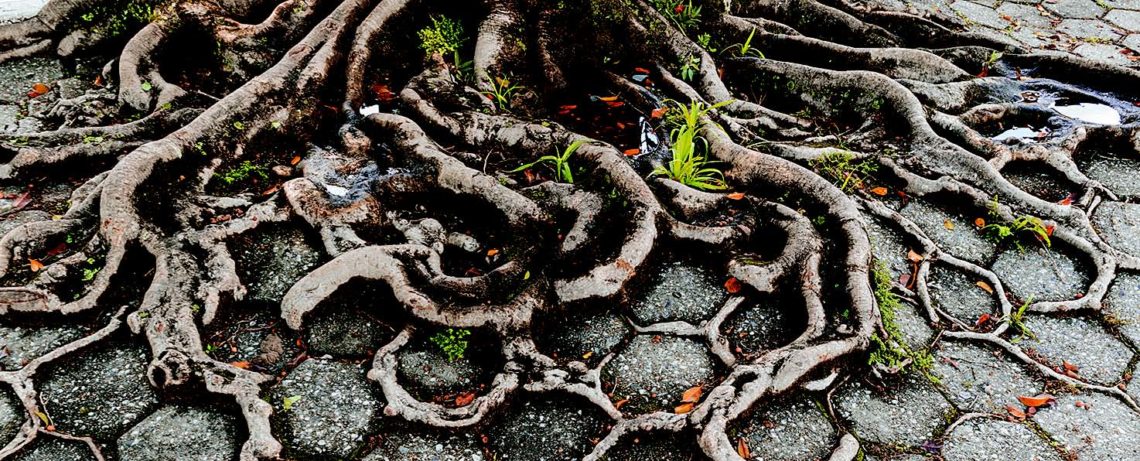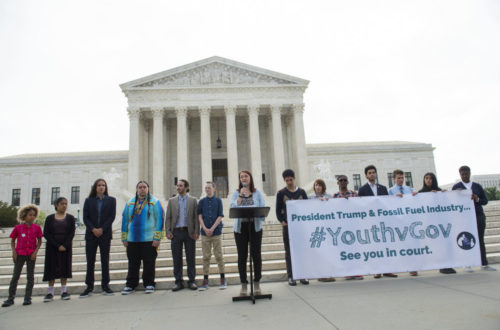Resilience is a frequent topic of conversation these days, especially after a major catastrophe or when planning for some future disaster. The Cascadia subduction zone earthquake comes to mind for the latter. We talk about the need for resilience in our personal lives, in our organizations, in our businesses, and in our city, state, and federal governments. We talk a lot about resilience, which is a good thing, since history has proven the value of human resilience. However, there may be another side to resilience that is not discussed
An op-ed piece by Parul Sehgal in the December 1, 2015 issue of the New York Times Magazine, opens with the myth of that ancient bird, the Phoenix. Its crashing, then its burning, and finally, its rising from its own ashes, gives us a lasting symbol of endurance.
The author states: “We have an ancient attraction to stories of resilience, but recently, the word itself has achieved a more prosaic popularity. Deriving from the Latin for ‘‘to jump again,’’ ‘‘resilience’’ has sprung into new life as a catchword in international development and Silicon Valley and among parenting pundits and TED-heads. Hundreds of books have been published on the topic this year, mostly with a focus on toughening up your investment portfolio or your toddler. “
She goes on to say, “But where ‘‘resilience’’ can suggest new avenues for civic infrastructure — admitting that disaster can’t always be diverted and shifting the focus to survival strategies — it is indistinguishable from classic American bootstrap logic when it is applied to individuals, placing all the burden of success and failure on a person’s character. ‘‘It’s pretty much the same message that’s drummed into us by Aesop’s fables, Benjamin Franklin’s aphorisms, Christian denunciations of sloth and the 19th-century chant invented to make children do their homework: ‘If at first you don’t succeed, try, try again. The social scientist Alfie Kohn argued in an op-ed article in The Washington Post ‘‘The more we focus on whether people have or lack persistence (or self-discipline more generally), the less likely we’ll be to question larger policies.’’
Ms. Sehgal ends her op-ed piece with the question, “Why rise from the ashes without asking why you had to burn?”
Calling on personal resilience to overcome the hardships created by society’s failure to confront racism, hate, or bullying, is nothing short of an exercise in futility. Native and African Americans are well aware of our society’s discriminatory barriers that can cripple the aspirations of even the most rugged of individuals.
The rising suicide rate among students raises serious questions of “Why”? Whatever the cause, it’s obvious that the internally defeated student is overwhelmed by utter hopelessness. Do they lack personal resilience, or are there cultural forces / barriers (“larger policies”) at play.
And now, on our southern border, thousands of asylum seekers have arrived, only to be met with not just a physical wall, but a cultural wall of fear and hatred as well. These people possess resilience, but the walls win.
It’s long past time to question “larger policies”.






